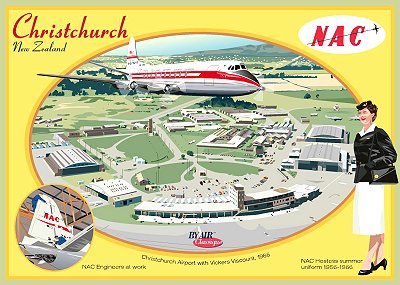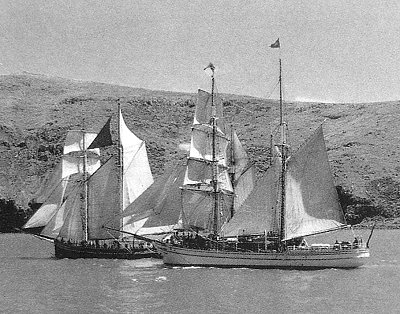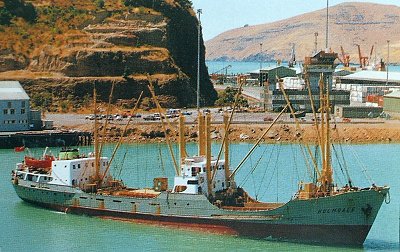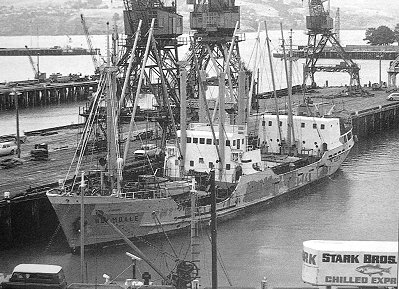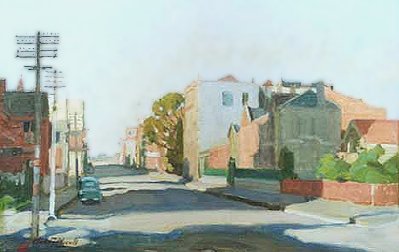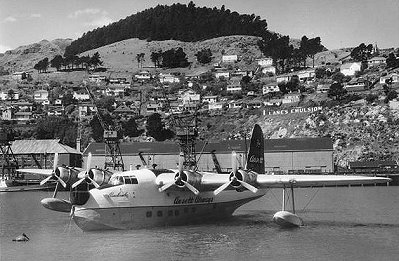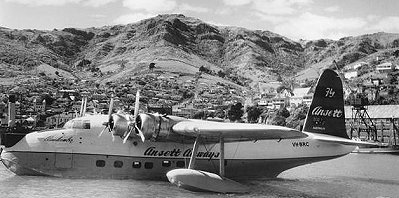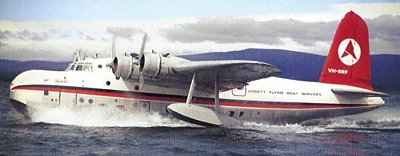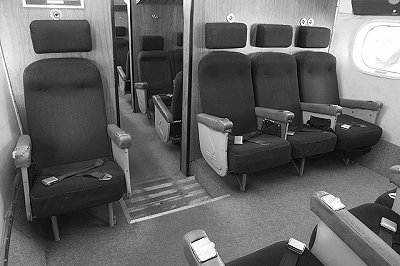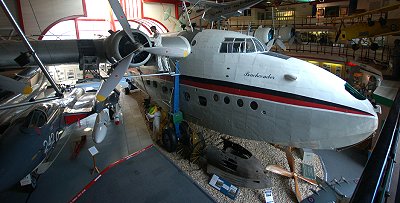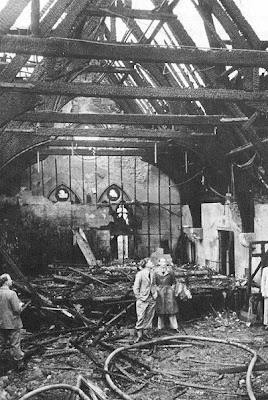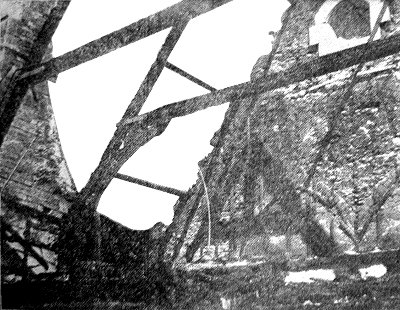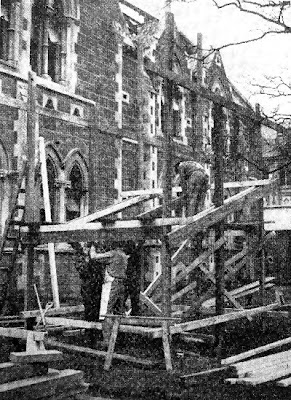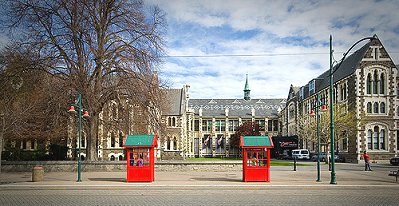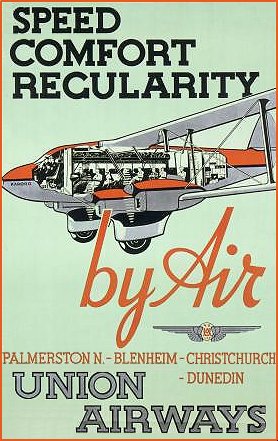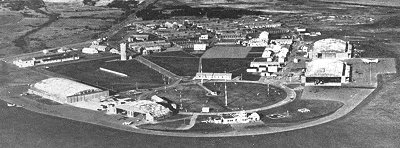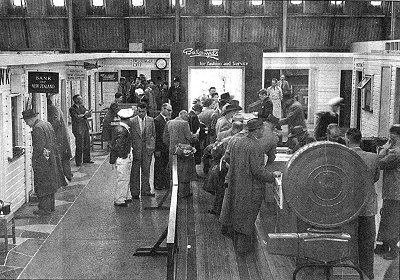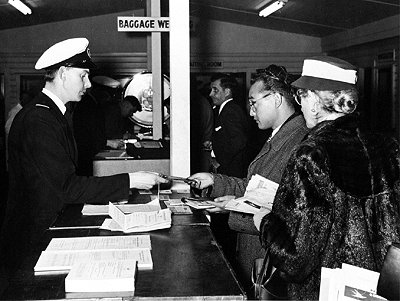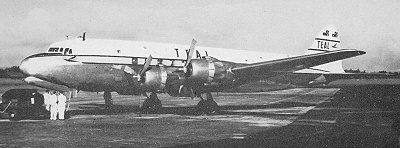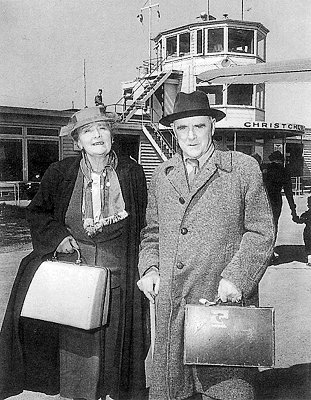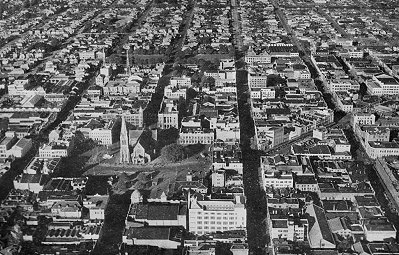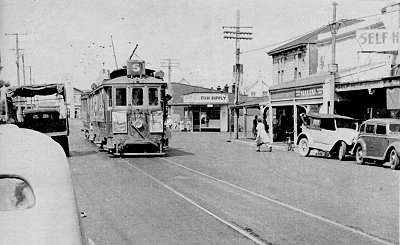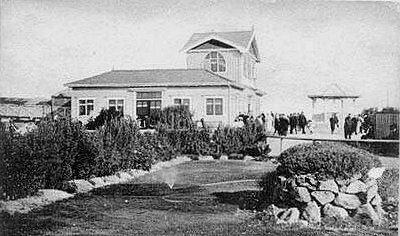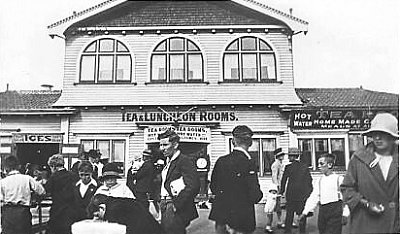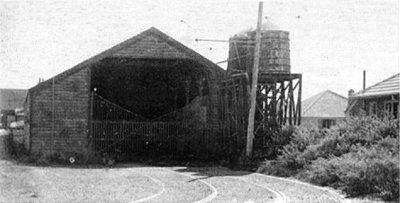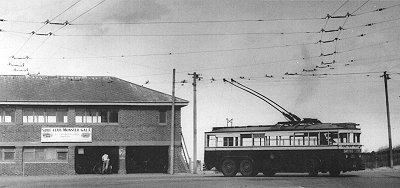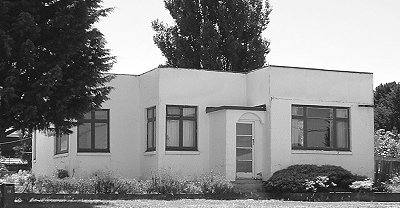Subsequent to the shortage of photographic film in the 1940s, the representation of the following decade in the Canterbury Heritage archive is triple that of its predecessor.
Although colour photographs began to enter the records of the major cities of the northern hemisphere from the mid 1930s, it was not until 1950 that they begin to record Christchurch's development.
From 1955 there is a significant rise in the number of colour photos of the city. Mainly in the form of 35mm transparencies, they were taken by Americans involved with the Operation Deep Freeze Antarctic program at the Wigram and Harewood aerodromes.
Two events of historic significance marked the first year of the new decade. The first, in early January, has long been forgotten, but the second, in late December, is still remembered by an ever diminishing part of our community.

At the beginning of the new year the last cargo of Canterbury produce to be consigned by sailing ship was sent to Great Britain. With her 51.2 metre masts towering over the western side of Lytelton's No.6 Wharf (above), the 3,100 ton Barque Pamir loaded Barley in sacks for the Welsh port of Barry via Cape Horn. With Yards up to 28 metres wide, the four masted steel vessel carried 3,800 square metres of sail and could maintain a speed of up to 16 Knots.

During the voyage the rats, which had infested the ship, took full advantage of the vast quantity of food available to them and thereby increased their numbers. Upon reaching her destination in March an appeal went out for volunteers who owned terriers or any other dogs capable of killing rats to turn up on the dockside. 5,000 rats were estimated to have been killed whilst unloading the Pamir and a further 3,000 were gassed when the ship was being fumigated after discharging her cargo.
The other major event occurred in Cathedral Square on the 17th of December, 1950, where the Archbishop of Canterbury, from an outdoor pulpit built above the Cathedral's Porch, addressed a (mostly seated) congregation of more than 30,000 at the Canterbury Centennial open air church service of thanksgiving for one hundred years of progress.

A view of event, probably from the fifth floor fire escape of the United Service Hotel (an enlarged Christchurch City Libraries' image opens in a new window).

A rare 1950 colour photograph showing an elevated southerly view down Colombo Street from the Cathedral balcony. The United Service hotel is at the far Right.
Often mistakenly referred to as the United Services hotel on the assumption that the name implied military association, the actual origin of the name refers to the amalgamation of the licenses of the Golden Age and Hereford hotels, which had occupied parts of the site until 1883.
To promote the Christchurch City Libraries Retrospective: Christchurch life, architecture and design 1940s - 1970s photo competition, we're featuring a series of images from each decade. This week is the 1950s and next week we'll take a look at the 1960s.

